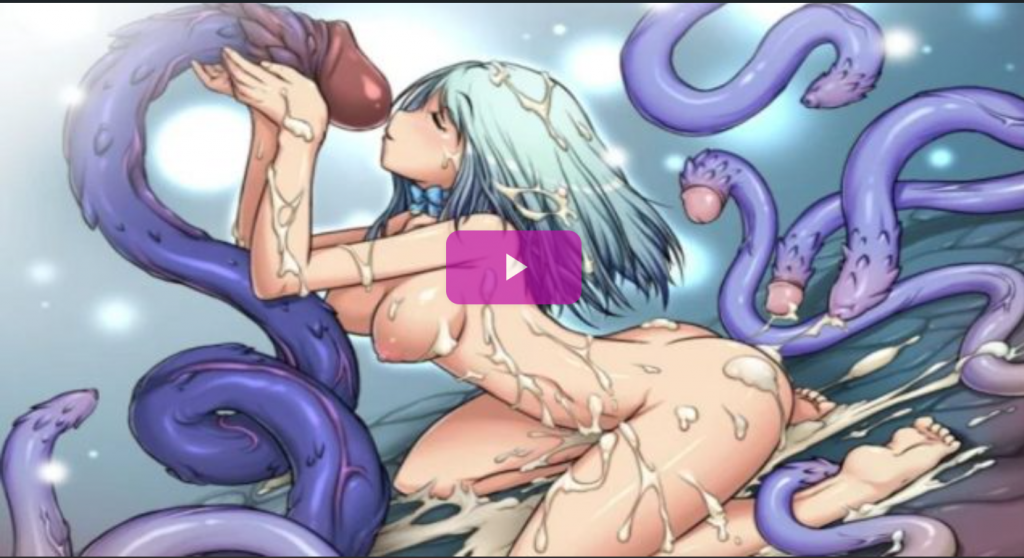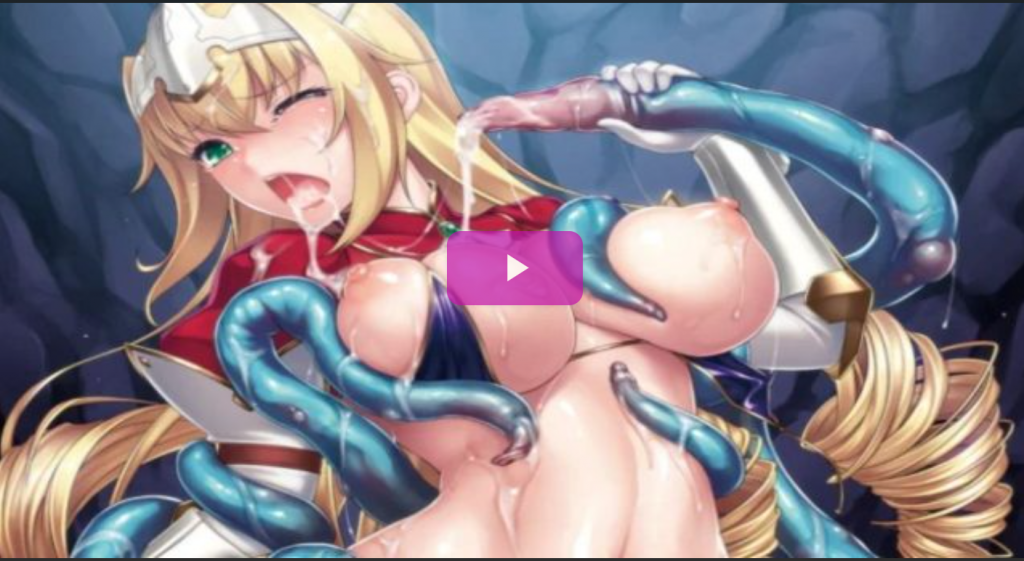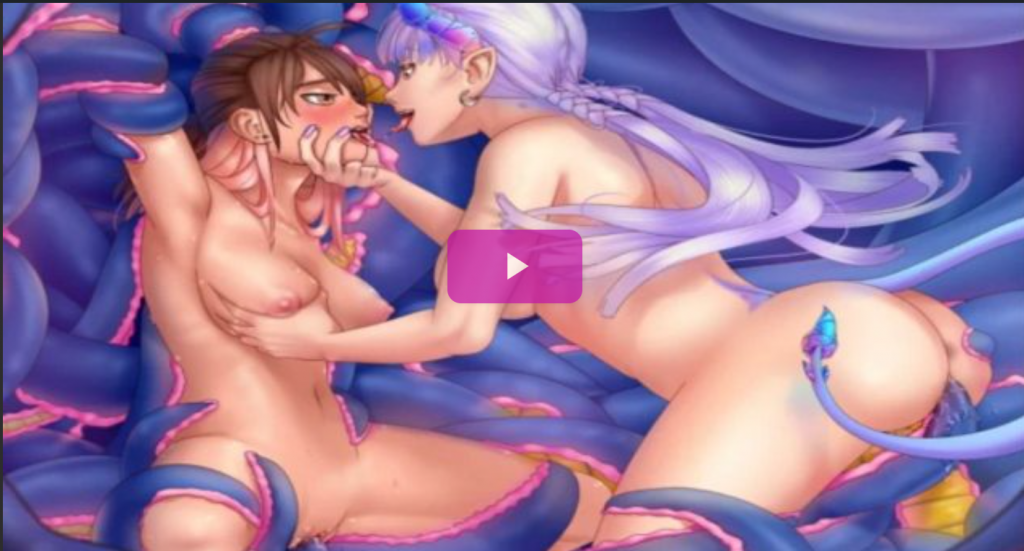Introduction
Lesbian tentacle sex cartoon are a genre of erotic art featuring tentacle creatures, often with female protagonists, engaging in explicit sexual activities. These cartoons are typically found in manga and anime, as well as in other forms of media. The genre has attracted a great deal of controversy, but also has a devoted following among fans of the medium. This introduction will provide an overview of the genre, its history, and its various forms.
Exploring the Unconventional Representation of Queer Desire in Lesbian Tentacle Sex Cartoons

The representation of queer desire in art has become increasingly diverse, with the introduction of new and unconventional forms of expression. One such form is lesbian tentacle sex cartoons, which depict lesbian relationships between human women and tentacle creatures. These cartoons have become increasingly popular amongst members of the queer community, who find in them an alternative way to explore and express their desires. This article examines the representation of queer desire in lesbian tentacle sex cartoons, exploring the unique ways in which these cartoons challenge traditional representations of gender and sexuality. It begins by providing an overview of the history of lesbian tentacle sex cartoons, outlining the key themes and motifs that are commonly depicted. It then goes on to discuss the implications of these cartoons, examining the ways in which they subvert traditional gender roles and provide an unconventional representation of queer desire. Finally, it considers what these cartoons can teach us about the changing landscape of queer representation in art. By exploring the unconventional representation of queer desire in lesbian tentacle sex cartoons, this article seeks to shed light on the creative ways in which members of the queer community are expressing their desires. It provides an insightful look at the power of art to challenge traditional notions of gender and sexuality, and to provide a space for unconventional forms of self-expression.
How Lesbian Tentacle Sex Cartoons Have Pushed the Boundaries of Sexual Expression
The proliferation of lesbian tentacle sex cartoons has pushed the boundaries of sexual expression in recent years, gaining increasing acceptance and popularity. Tentacle sex cartoons are typically a form of hentai, a genre of Japanese anime and manga characterized by overtly sexual content. These cartoons feature female characters engaging in sexual encounters with tentacles, often depicted as long, tentacled creatures with humanoid traits. Though the genre of lesbian tentacle sex cartoons has its roots in Japan, it has become increasingly popular in the West with the rise in the accessibility of anime and manga. Tentacle sex cartoons are a notable example of how anime and manga have facilitated the exploration of sexual expression in ways that were previously not possible. Tentacle sex cartoons offer a unique form of sexual expression, one that is both visually stimulating and intellectually engaging.
The genre is known for its complex storylines, which often include themes of female empowerment and queer sexuality. By depicting lesbian relationships and depicting female characters as powerful and in control, the cartoons challenge traditional gender roles and heteronormative expectations. The visuals of tentacle sex cartoons also add to their appeal. The animation style is often highly detailed and vibrant, creating vivid and surreal images of the tentacle creatures and female characters. The surreal visuals can be highly stimulating, providing an escape from reality and allowing viewers to explore their fantasies. Ultimately, lesbian tentacle sex cartoons have pushed the boundaries of sexual expression by providing an outlet for queer women to explore their fantasies. By offering an alternative to traditional representations of female sexuality, these cartoons have sparked a discussion about gender roles and sexual expression. As the genre continues to grow in popularity, it is likely that it will continue to challenge traditional perceptions of sexuality and inspire more discussions of sexual expression.
The Representation of Power Dynamics in Lesbian Tentacle Sex Cartoons

Power dynamics are often present in all forms of media, from television shows to comic books. This is no less true for lesbian tentacle sex cartoons, in which power dynamics can be represented in a variety of ways. In lesbian tentacle sex cartoons, power dynamics can be represented through the use of physical characteristics, as well as through the dialogue and interactions between characters. For example, a character may be physically stronger and more imposing than another, leading to a sense of dominance. In addition, some characters may be portrayed as more emotionally powerful, with an ability to manipulate or influence the behavior of others. The physical characteristics of characters can also be used to represent power dynamics. Characters may be clothed differently, with one character wearing more revealing clothing than another, giving the impression of dominance and control. In addition, characters may be portrayed as having different body shapes, with one character exhibiting curvier features and the other a more toned and muscular physique. The dialogue between characters can also be used to demonstrate power dynamics.
For example, one character may use language that is condescending or belittling, while the other may use language that is more compliant and submissive. In addition, characters may use language that implies a sense of superiority or dominance, while the other character may use language that implies a weaker or less powerful position. Finally, the interactions between characters can also be used to represent power dynamics. For example, one character may be seen as the leader of a group, while the other may be seen as a follower.
Similarly, one character may be seen as more authoritative or intimidating than the other, while the other may be seen as more submissive or compliant. Overall, power dynamics can be represented in a variety of ways in lesbian tentacle sex cartoons. By using physical characteristics, dialogue, and interactions between characters, power dynamics can be effectively portrayed and used to further the plot and narrative of the cartoon.
Analyzing the Subversive Nature of Lesbian Tentacle Sex Cartoons

The phenomenon of lesbian tentacle sex cartoons has recently gained attention in the media and popular culture. The cartoons portray female characters engaging in sexual activities with tentacled creatures, often in a manner that appears consensual and pleasurable to the female characters. While these cartoons may appear innocent and humorous on the surface, a closer examination reveals that they may contain subversive elements that challenge traditional gender roles and conceptions of sex and sexuality. In traditional Western culture, female characters are often portrayed as passive, submissive, and objectified. However, lesbian tentacle sex cartoons often depict female characters as active and empowered agents in their sexual relationships with tentacled creatures. By doing so, these cartoons challenge the traditional view of female characters as simply objects of desire and instead portray them as enjoying sexual relationships and engaging with their partners in a way that is often seen as taboo in the real world.
Furthermore, these cartoons can be seen as subversive in their representation of same-sex relationships. While same-sex relationships are largely accepted in modern society, they are still viewed as unconventional and can be subject to prejudice and discrimination. Lesbian tentacle sex cartoons depict same-sex relationships in a way that is often seen as non-threatening and humorous but also potentially empowering. Finally, these cartoons may challenge traditional views of sex and sexuality more broadly. By depicting female characters engaging in sexual relationships with tentacled creatures, these cartoons can be seen as a commentary on the fluidity of gender, sex, and sexuality.
By portraying such unconventional pairings in a way that is often seen as lighthearted and humorous, these cartoons subtly suggest that traditional views of gender and sexuality are not necessarily the only way to be. In conclusion, lesbian tentacle sex cartoons may contain subversive elements that challenge traditional gender roles and conceptions of sex and sexuality. By depicting female characters as active and empowered agents in their relationships with tentacled creatures, these cartoons suggest that same-sex relationships are acceptable and that traditional views of gender and sexuality are not necessarily the only way to be.
Examining the Impact of Lesbian Tentacle Sex Cartoons on Queer Visibility
The visibility and representation of LGBTQIA+ people in media has grown in recent years, and while this is a step in the right direction, there is still a long way to go. One form of media that has become increasingly popular among LGBTQIA+ people is a niche genre of animation known as “lesbian tentacle sex cartoons”. This type of cartoon, often featuring fantastical creatures and wild adventures serves as a form of escapism for those seeking to explore their sexual identities without the fear of judgment or oppression. In this article, we will examine the impact that lesbian tentacle sex cartoons have had on queer visibility and the potential implications for the future of LGBTQIA+ representation in media. First, it is important to understand the context in which these cartoons exist. Lesbian tentacle sex cartoons are often created by independent animators and are usually not widely distributed.
This helps to create a safe space for queer viewers, as the lack of mainstream attention protects them from the potential backlash that can arise from more visible forms of representation. This also allows creators to experiment with complex themes and storylines that explore sexuality and gender in a more nuanced way than traditional media. The impact that lesbian tentacle sex cartoons have had on queer visibility is twofold. On the one hand, these cartoons provide a safe space for queer viewers to explore their identities without fear of judgment. This can be particularly helpful for younger viewers who may not have access to more traditional forms of media.
On the other hand, these cartoons can also serve as a form of representation for the LGBTQIA+ community, as they often feature characters of diverse backgrounds and experiences. This allows queer viewers to see themselves reflected in a form of media that is typically not available to them. The implications of this are far-reaching. Increased visibility for the LGBTQIA+ community can lead to greater acceptance and understanding, which can help to reduce discrimination and promote equality. It can also lead to more equitable representation in mainstream media, which can help to ensure that queer people are seen and heard in all forms of media. In conclusion, lesbian tentacle sex cartoons have had a positive impact on queer visibility.
By providing a safe space for exploration and representation, these cartoons have helped to create a more inclusive media landscape. The future of LGBTQIA+ representation in media will depend on how well these cartoons are received and how widely they are distributed. As more people become aware of this unique form of media, it is likely that the visibility of the LGBTQIA+ community will continue to grow.
Conclusion
The lesbian tentacle sex cartoon is an interesting and unique genre of art that has become increasingly popular in recent years. It provides an opportunity for people to explore their own fantasies, as well as opening a dialogue between people of different sexual orientations and gender identities. While it is not for everyone, it is an interesting and unique form of art that should be respected for its ability to provide a safe and consensual way for people to explore and express their own fantasies.
